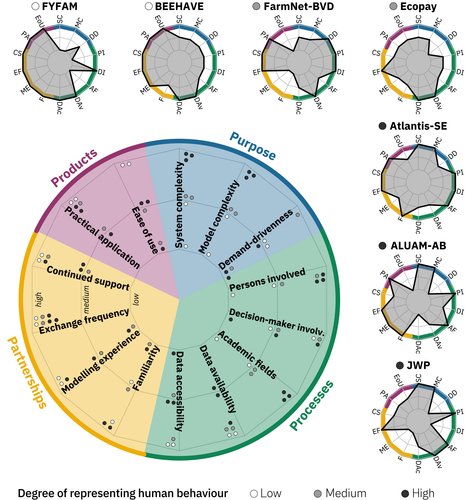Behavioural, Ecological and Socio-economic
Tools for Modelling Agricultural Policy
How can socio-environmental modelling support policy and management: the first BESTMAP study
The first BESTMAP-supported research paper is now available in the People and Nature journal. The study investigates the possible ways of making socio-environmental modelling more prominent to support policy and management and has been conducted with the involvement of the BESTMAP experts Meike Will (Helmholtz Centre for Environmental Research – UFZ, Leipzig, Germany) and Brigit Muller (Helmholtz Centre for Environmental Research – UFZ, Leipzig, Germany).
Socio‐environmental systems (SES) are characterised by a tight coupling of human and environmental dynamics. Both aspects need to be understood to support the sustainable management of these systems. Dynamic process‐based modelling, and in particular agent‐based or individual‐based modelling, is often proposed as an effective approach to address such interlinked dynamics and provide solutions to pressing challenges. On the other hand, socio-environmental modelling is proven to have contributed to the scientific realm by resolving environmental issues on the sustainable management of natural resources focusing on land use/land cover change.

Classification of the good practice examples along the 14 gradients.
The paper looks into the models of various disciplines and topics that have already influenced policy-making and management. In order to accomplish this task, the experts conducting the study have gathered information through semi-structured interviews with seven researchers who are currently or have previously been involved in modelling projects with policy or management context. The gathered responses have been grouped in 14 different gradients, such as system complexity, decision-maker involvement, modelling experience, practical application etc.
Based on the collected and analysed data, the study concludes that the leverage points for increasing the impact of socio‐environmental models in policy‐making or management are manifold. The main reason currently inhabiting a wider use of socio‐environmental models in policy‐making or management is their higher complexity compared to purely environmental models. This complexity arises from explicitly incorporating the human dimension.
Read the full paper here.